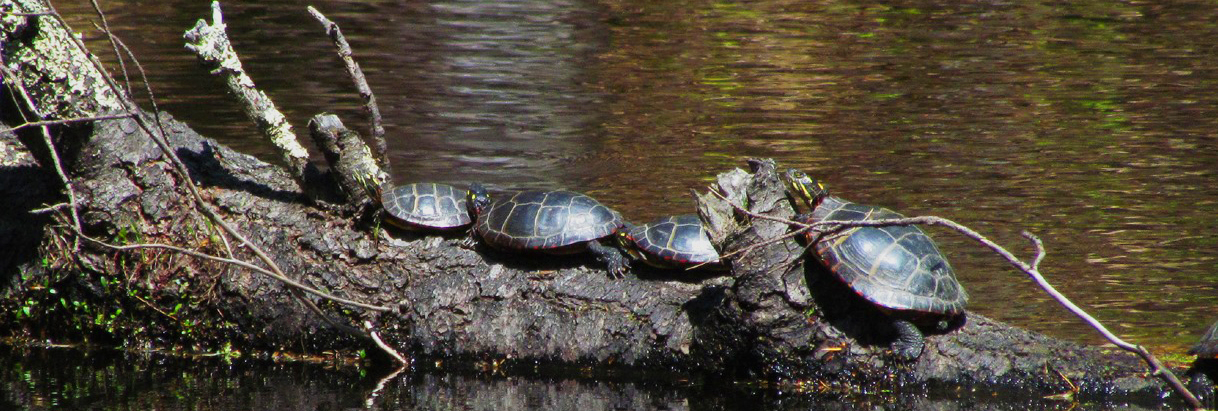Land Conservation Options
One of the most powerful tools that landowners have to protect the land and the water are conservation easements. Conservation easements limit the extent to which land can ever be developed. A landowner who puts a conservation easement on the land waives the right to develop that land for residential, commercial, or industrial purposes. These limitations will also be in effect for all subsequent landowners. Such limitations often exclude commercial agriculture or forestry operations. Easements generally contain provisions that protect wetlands, riverfront land, and other special natural or cultural resources on the property, and prohibit subdivision of the property or the disposal of manmade or hazardous wastes. They might specify that one or more houses for family members can be built at a future date. They might also specify if and how the public can access the property.
Land can be placed under a conservation easement with a 501 (c) (3) conservation entity or municipality through three methods:
- Donation at full fair market value (as determined by an appraisal). For IRS purposes, donations of easement interests are treated as tax-deductible contributions, subject to certain limitations.
- Selling at less than full fair market value. The difference between the amount that a landowner receives and fair market value is also tax deductible.
- Selling the easement for the full fair market value.
Creating an Easement
Land protection arrangements often take more than a year to complete. For example, the LRAC worked for two years with partners to help a family get an easement on their large piece of land. There are many steps that must be taken to secure the easement:
- getting an appraisal
- agreeing on a price
- partnering with other funding partners. The LRAC will contribute only a portion of the project costs, so funding from other sources that match the landowner’s wishes and objectives must be found and secured.
- contracting with a conservation organization or town to hold the easement and manage it, because the LRAC can do neither
- finalizing the agreement.
Due to the complexity of real estate transactions and the need to find suitable conservation partners, completing everything in one year or less is unusual. The LRAC‘s two land protection specialists and sub-committee work closely with all partners and landowners to move the process forward.
Costs of Creating a Conservation Easement
Any easement transaction involves out-of-pocket costs for landowners. In order to encourage landowners to donate easements on their land and minimize the costs of doing so, the LRAC can often pay for all or a portion of the appraisal and surveying costs if the person goes through with the easement.
Amount of Land Protected by the LRAC
In collaboration with other conservation organizations and Lamprey River municipalities, the LRAC has helped to protect over 3700 acres along the river in 38 conservation projects since 1999. Using funding from the National Park Service as a base, the LRAC has leveraged additional funds by a ratio of almost 3:1.
For More Information
For more information, please click the following links: Land Trust Alliance, Southeast Land Trust, The Nature Conservancy, Natural Resources Conservation Service. The Southeast Land Trust has created "Conservation Easements Explained" to help landowners. Click here to view http://www.seltnh.org/index.php?option=com_content&view=article&id=6&Itemid=41. The Center for Land Conservation Assistance has published a book that also helps landowners explore the options, "Conserving Your Land: Options for New Hampshire Landowners". It can be ordered by clicking here http://clca.forestsociety.org/publications/conserving-your-land.asp
The LRAC has two brochures available - one for the general public and one for river-side landowners. You can view them online here, or request one through the Contact Us tab.
Interested landowners are encouraged to contact us at info@lampreyriver.org.

